LittleOne 3.0: virtual emulation of Moog Little Phatty rebooted
Xhun Audio have released a brand new version of their LittleOne virtual analogue emulation of the Moog Little Phatty. But it’s not merely an update, it’s a full reboot, redesign and reworking which, they hope, will bring unparalleled realism and authenticity.
LittleOne
It certainly looks the part. The GUI has an element of cuteness about it and mirrors the look and controls of the Phatty. Although that’s not what’s changed with version 3. Xhun Audio have spent several years intensively researching and developing their emulation technique. They aim to produce a “solid, analogue hardware-sounding and feeling in a software form.” They are not interested in compromise or CPU friendly features – they are after the whole thing.
Obviously, we hear this a lot – the constant pursuit of authenticity and accuracy of sound. And software developers do amazing things to brings hardware quality sounds to the digital desktop. How well does this one stack up? Well, the only way to know is to download the demo and give it a try. It has a bit of a convoluted and very manual installation and the interrupting beep is just a little too often – but otherwise, it does sound rather fabulous.
Features
LittleOne V3 was built using Advanced Component Simulation (ACS). It’s designed to simulate every component, preserving the original hardware architecture and physical properties. This means that ACS also captures the imperfections of analogue circuitry. Xhun Audio say that for this reason if you play the same note twice it will never sound exactly the same. Although that’s quite hard to judge I find.
It has two aliasing-free analogue modelled oscillators, with a morphing between the wave shapes. These can be phase-locked or allowed to be a bit more unstable. It has the expected 4-pole resonant low-pass filter, with self-oscillation, soft-clipping and overload control. There’s two ADSR’s, one for the oscillator and one for the filter.
Of the things they’ve added the most surprising is the 4-voice polyphony mode. This really takes things to a new level, introducing a whole range of pads and other sounds that the monophonic Little Phatty could never attain. It’s also got a sequencer, trancegate and a bunch of effects to give it some instant and enjoyable playability.
Restricted by hardware?
In some ways, I feel their pursuit of the Little Phatty is a bit restrictive. They have an awesome sounding polysynth that has an awful lot of hardware character that goes beyond what the Moog can do. Why tie it so directly to the hardware? And the Little Phatty interface is deeply frustrating when realised in software. Each section has one knob that controls whatever control is selected. That’s probably fine when you’re using fingers on hardware, but when using a mouse with LittleOne it becomes an awful lot of clicks. With GUI design you don’t have to restrict yourself – give us a knob per control, please!
LittleOne is €49 until the 15th May and €69 after that. For more information and to download the demo head over to the Xhun Audio website.
One response to “LittleOne 3.0: virtual emulation of Moog Little Phatty rebooted”

 5,0 / 5,0 |
5,0 / 5,0 | 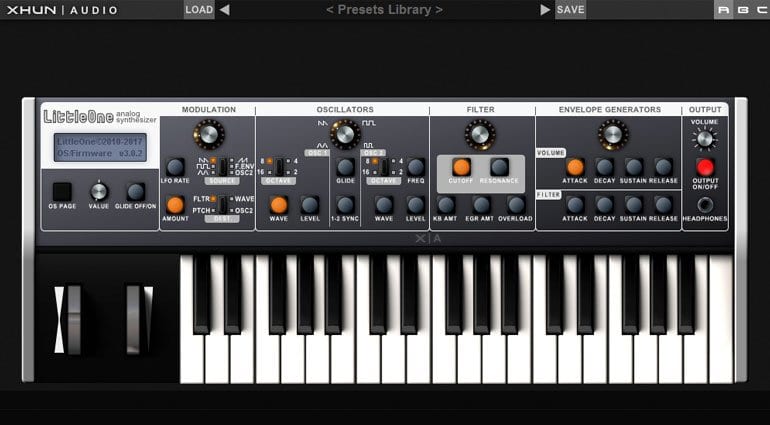

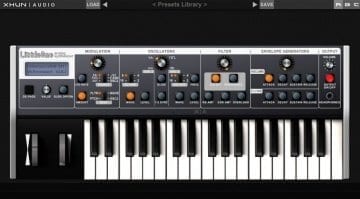

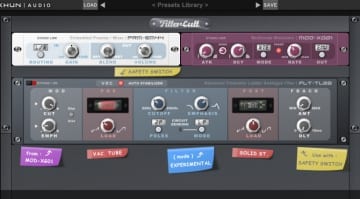
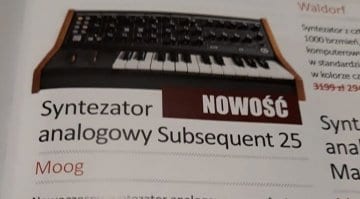
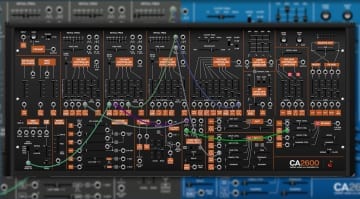
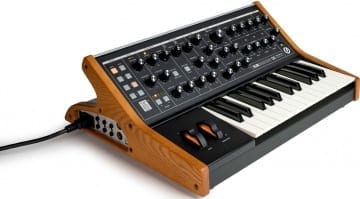
I bought XHUN’s “Little One” when it was version 1.0 back in 2008. I was living in Norway at the time. It was on a small windows unit that I left behind because my ‘friend’ was going to mail it to me along with cloths and stuff. So much for friends that live 5000 miles away. Now that I’ve found it again I think another purchase is in order… it’s a great synth, great sound and so much more affordable than the real thing (which I’ve owned many over the years. At 65 I’m happy with the virtual synths since I have several keyboard controllers and computers. Thanks XHUN, nice to see y’all again. btw, I’m back in New Orleans again !
George